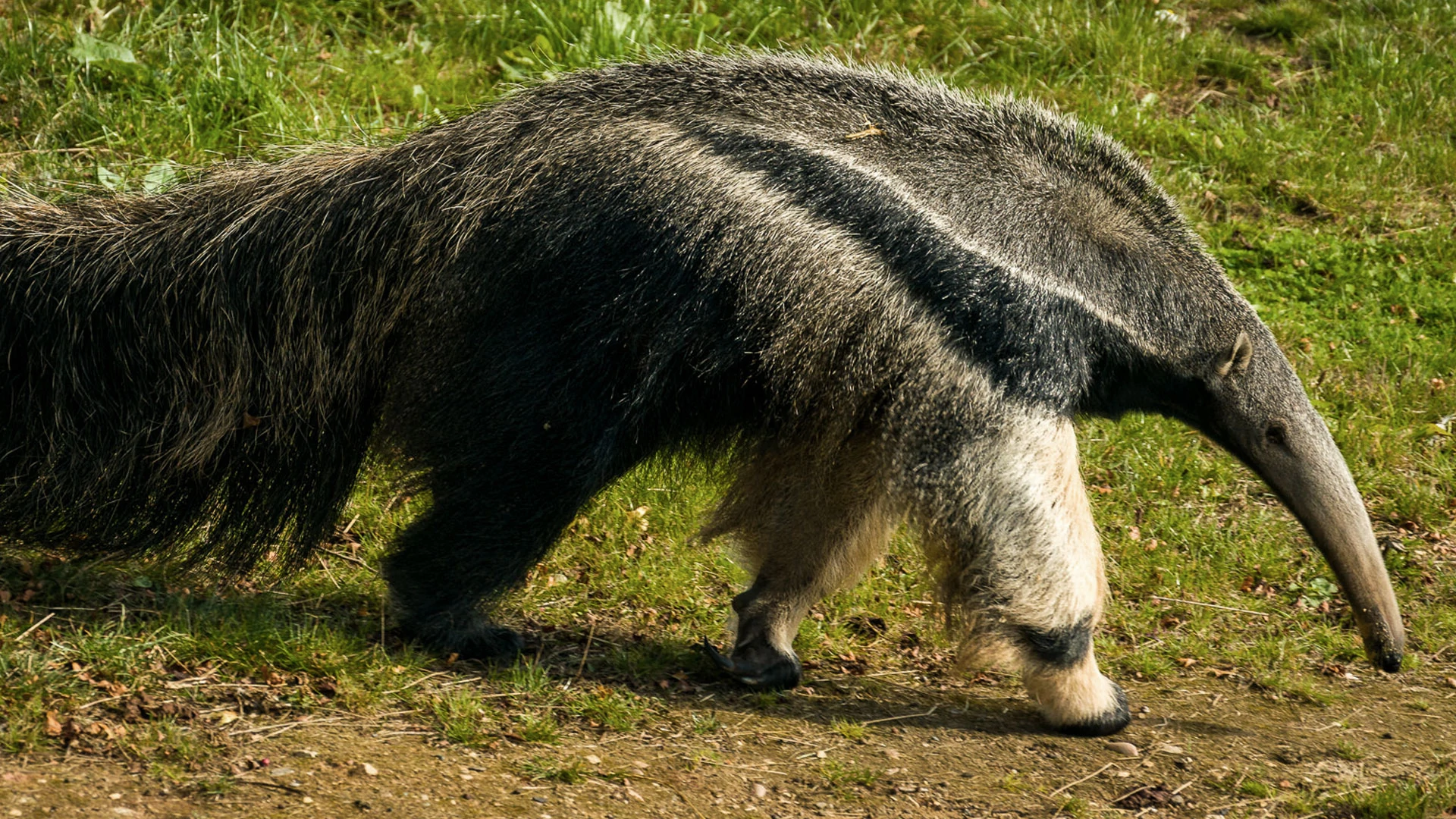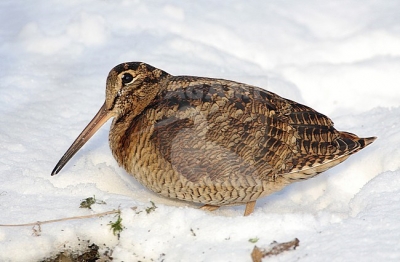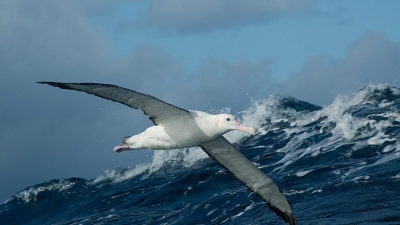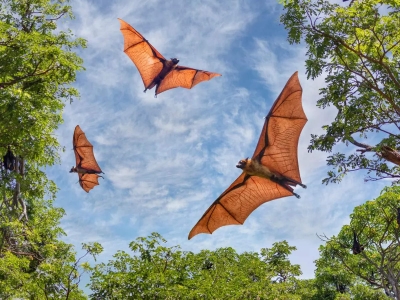
As their name suggests, giant anteaters are large. Like so many large mammals the world over, these creatures too are facing rising extinction risk, especially in Brazil. What are the reasons for this? Come, let’s find out.
Giant anteaters are native to Central and South America. In 2020, the Pantanal region of South America witnessed fires that destroyed about a third of the area. It proved to be injurious or fatal for wildlife such as jaguars inhabiting the region. According to a report, the fires killed “an estimated 17 million animals”. The numbers are not available for those injured or displaced. But among those that suffered are giant anteaters. Apparently, “more than 50 giant anteaters injured or displaced by the Pantanal fires were taken in by state rescue projects – a leap from 13 the previous year”. In 2021, Pantanal witnessed fires again, though on a scale smaller than the previous year. However, reports suggest that a few areas from 2020 suffered in 2021 too – this could spell disaster for the species there since they’d be denied time for recovery. Several animals are also indirectly affected by such fires. For instance, young animals could be orphaned and ones trying to escape such fires could get involved in accidents or end up in the hands of poachers. As for giant anteaters, some tried to escape the fire in 2021 and got hit by cars; they were rescued.
But, fires are not the only reason for falling giant anteater populations. A report says “Brazil’s anteater populations have fallen 30% over 26 years”. As solitary creatures, they require a large range for habitation. But this is becoming more and more difficult due to land seizures, expansion of farming, ranching, and mining “in the Amazon and the Brazilian savanna”. Further, the animal also has “a low population growth rate due to its life history of long gestation periods and single offspring”.
The giant anteater plays a significant role as both predator and prey. While it is consumed by jaguars and pumas, the mammal consumes large quantities of insects, especially ants and termites. Given this interconnectedness, the extinction of this insectivore can have unimaginable impacts on its ecological range.
Fires are not the only reason for falling giant anteater populations. As solitary creatures, they require a large range for habitation. But this is becoming more and more difficult due to land seizures, expansion of farming, ranching, and mining “in the Amazon and the Brazilian savanna”. Further, the animal also has “a low population growth rate due to its life history of long gestation periods and single offspring”.
Picture Credit : Google






